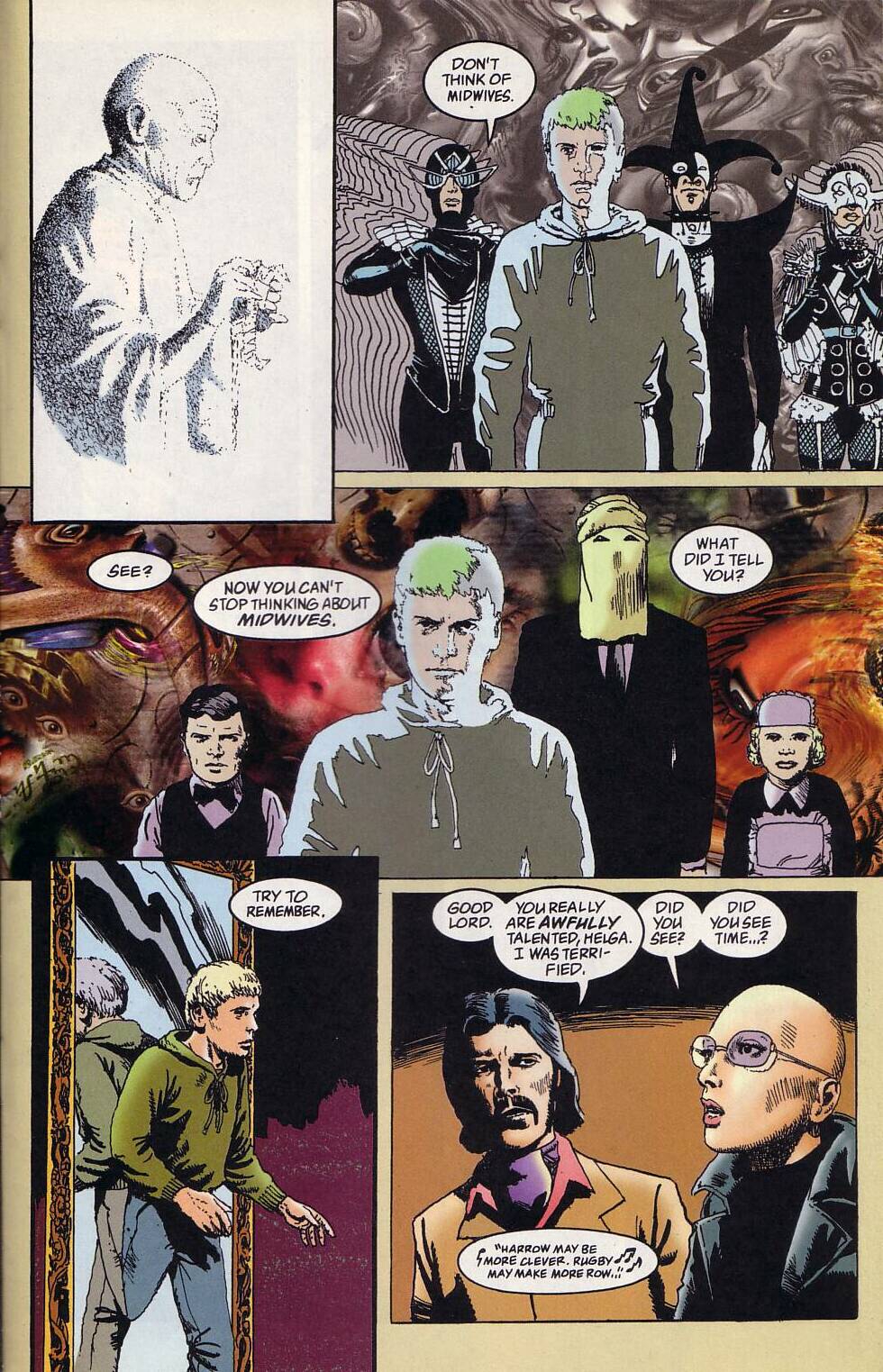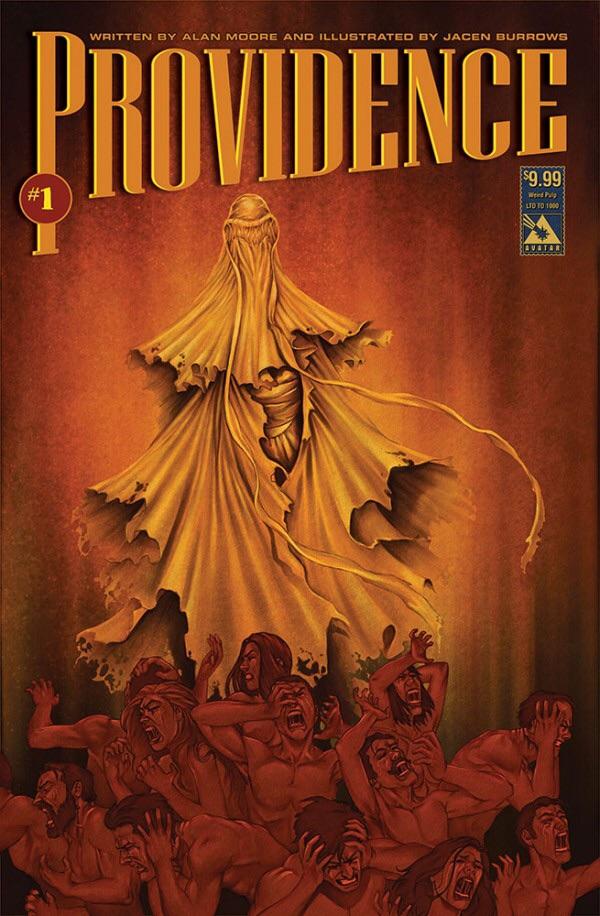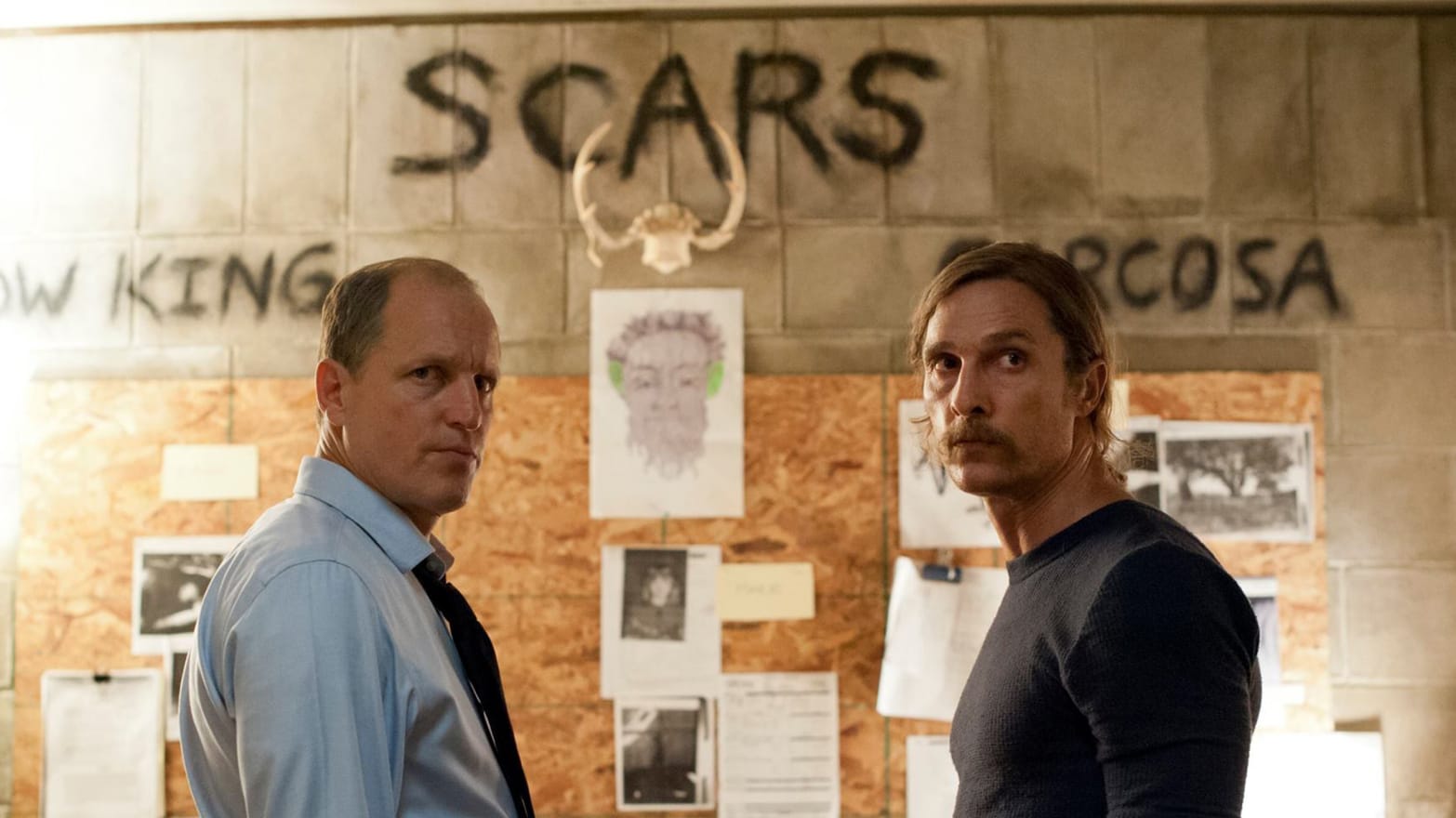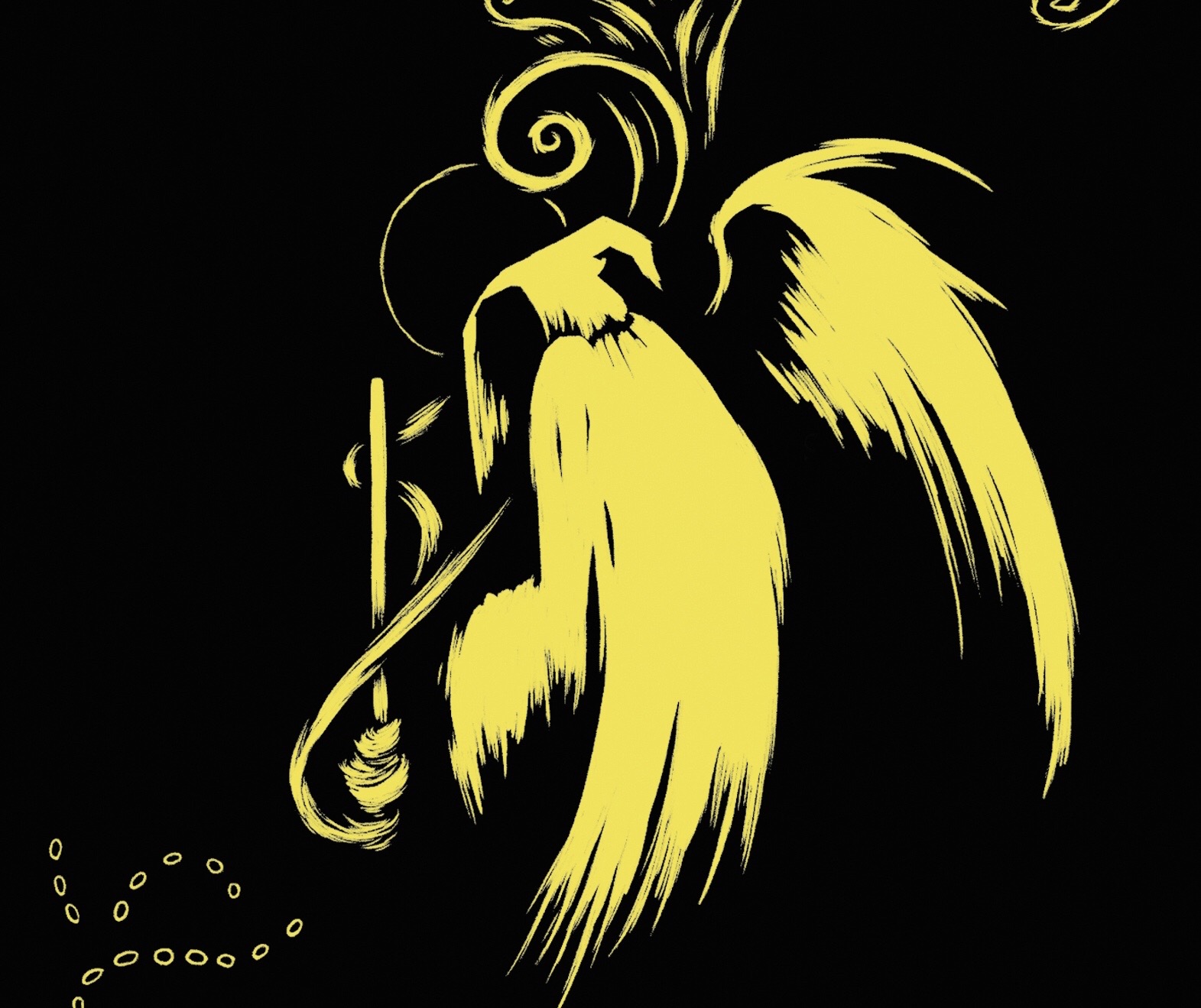Table of Contents Show
Throughout various mediums, a mysterious figure has walked into stories through manipulation and fear. Its presence hangs like a looming eternal curse ready to infect and corrupt minds for its bidding. The King in Yellow, a collection of short stories written by Robert W. Chambers in 1895. From cult gatherings to individual acts, The Yellow King has popped up more and more in the past 125 years since the original novella was published.
The book takes its name after a play that serves as the motif within the stories. There are several stories that this book has influenced and directly referenced. We’ve narrowed it down to the top five stories to help further understand the power of The King in Yellow.
5. The Invisibles – Grant Morrison
In a nutshell, The Invisibles is about a group of advanced (to put it lightly) occultists, fighting a war behind the scenes of what we perceive as the world. Volume three of the series introduces a trio consisting of a man in a yellow veiled burkha, a butler and maid. They’re revealed to be the Harlequinade, a hyper-dimensional force that works for both the Invisible College and the Outer Church.

How does The King in Yellow tie into all of this? For one, the trio leader has a direct correlation with the imagery of the Yellow King. While Chambers never provided a way of fully explaining his King, Morrison found ways to mix the King into his Invisible universe.
One of the famous lines from The King in Yellow is, “Why Madam, I wear no mask!” The Invisibles take this and uses the idea of the mask being the real face as the King in Yellow and his trio transform into the Harlequinade. The use of the veiled burkha, or in Chambers’s story, a pallid mask, says that the human consciousness can’t process what’s beyond our scope without giving up the ego entirely. This is why we never see the King’s real face, it being beyond human conception, or rather, invisible.
The King In Yellow – Raymond Chandler
Chandler’s short story takes chunks of Chambers’s work and spins it into the noir genre. Although it’s not a horrific and cult-based story as we typically see when referencing the Yellow King. In fact, the jazz player in the yellow pajamas alongside the detective muttering that he read a book called, The King in Yellow is the only correlation to Chambers’s work. This indirect connection is why Chandler’s take on the Yellow King comes across as fascinating.
In Chambers’s book, there’s talk of a play that drives people insane, even to their death. So, could the jazz player have read the play, and this was the aftermath? Picking up the concept and placing it in a new genre, a new universe makes the connection satisfying and makes readers curious if it’s truly connected.
3. H.P. Lovecraft
H.P. Lovecraft has mastered the horrors of the unknown and the supernatural. He’s famous due to his outlandish style of writing, and for the monumental Cthulhu mythos. Although Lovecraft read Chambers later in his writing career, it defintily left a mark. In the short story, The Whisperer in Darkness, Lovecraft makes his most direct connection between his work and the Yellow King.
Lovecraft uses “The Yellow Sign” and recrafts the concept into Brotherhood of the Yellow Sign, a cult that worships the Great Old One Hastur Hastur. Which comes from Ambrose Bierce’s “Haita the Shepherd” and Chambers also uses Hastur throughout The King in Yellow. That’s not all, Hastur gets summoned from the unknown land of, Carcosa. Hastur’s true form has not been clearly defined, which mixes all too well with the looming fear of the unknown. Also, places like Carcosa and Hastur have become prime elements of the Cthulhu Mythos.
2. Providence by Alan Moore
When looking at the influence on Alan Moore’s work, we can trace it back to his early Lovecraftian contributions like, Neonomicon, where we see a physical embodiment of Carcosa and his language Aklo that sends people on insane trips across the cosmos. Moore’s astonishing series, Providence, carries off his previous work serving as both a sequel and prequel to Neonomicon. It’s here that we get the most substantial and direct call to Chambers’ work.

In the first story of The King in Yellow, “The Repairer of Reputations” occurs in what was a future New York, where suicide chambers had become legalized, much like the “Exit Gardens” we see in Providence. There’s also the short story, Sous le Monde in Providence, which has driven people insane, even to the point of killing themselves; much like the play in The King in Yellow. In Providence, however, it’s said that Sous le Monde inspired Chambers to write The King in Yellow.
Moore’s Providence brings reality to his fiction, but in his fiction, it implies serving as the inspiration for the fictional King in Yellow with Sous le Monde. In reality, this book exists, as it does in Moore’s fiction, but there’s now a piece of fiction that inspired a real, fiction book, still following me? Clearly, Moore has once again boggled our brains all for the better.
1. True Detective – Season One
Finally, the pinacol, and a culmination of everything, True Detective. If you go back to each story covered so far, then watch True Detective, and you will see how the show has pulled from Moore, Morrison, Chandler, and Lovecraft in multiple ways. Aside from the obvious direct messages in the show, it goes a bit deeper. From the mysteries of discovering Carcosa, and Childress could have indeed been the King…or was he just a servant?

The first mention of Carcosa was created in the short story, An Inhabitant of Carcosa, by Bierce in 1886. In it, a man wakes from illness to find that he’s lost in an unknown land. We can see that in True Detective as both Russ and Marty have lost something and, in a way, themselves in discovering Carcosa at the end of the series. Their battle between light and dark becomes relevant in both Bierce’s story and the show.
There are also references to the story “The Yellow Sign.” We see this brought in multiple ways within True Detective. The spiral symbol throughout the show, and during each murder discovery. Finally, there are various church connections in both the book and film. Taking a little from each story in The King in Yellow, we see a truly modernized version of Chambers’s story that will keep us just as terrified as the original text.
